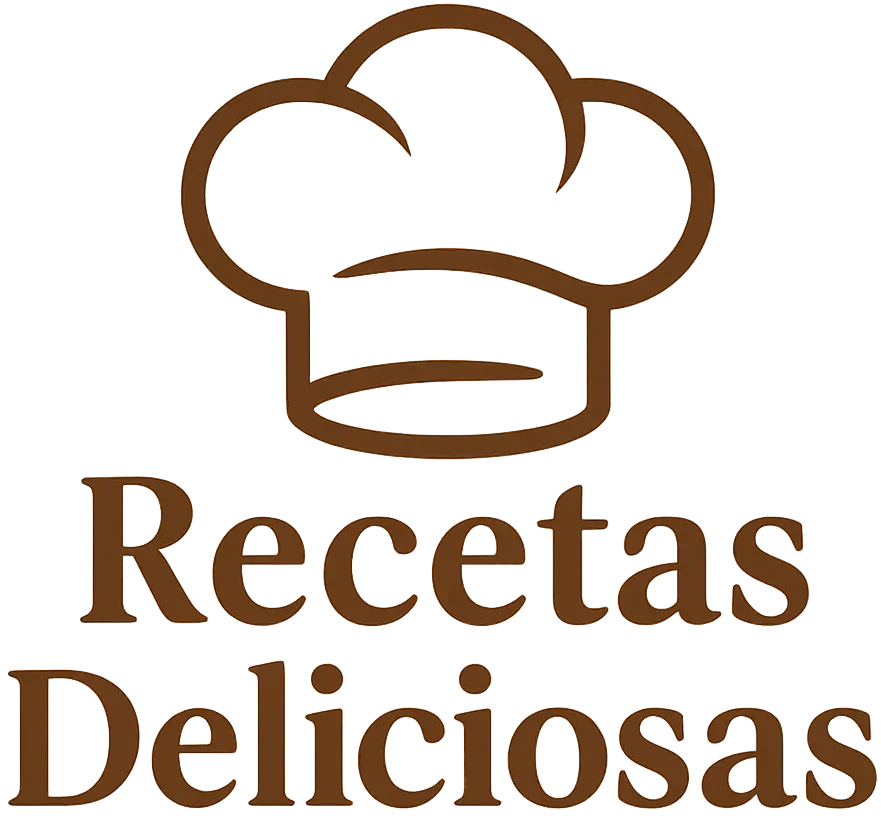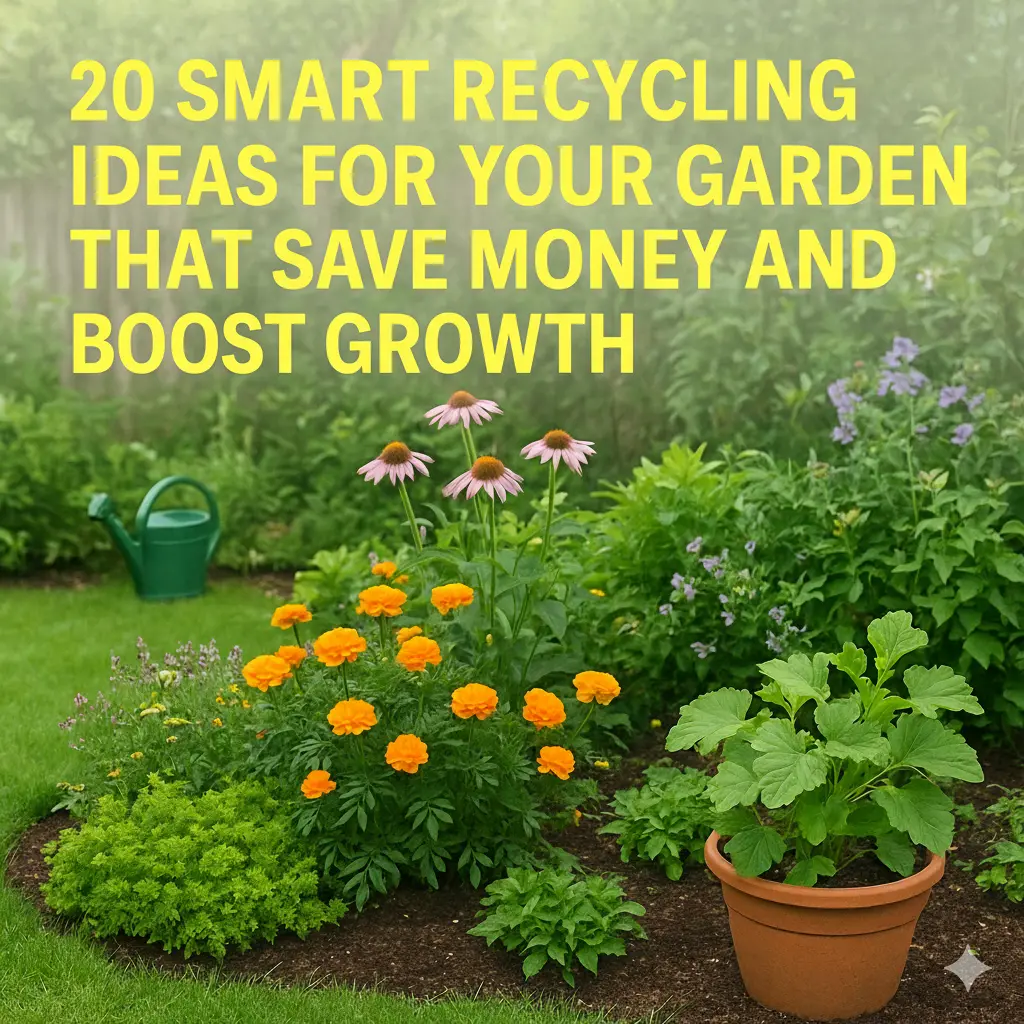Recycling isn’t just for the curbside bin—it can be a game-changer in your garden too. By repurposing everyday items, you can save money, reduce waste, and give your plants a natural boost. From eggshells to old jars, there are countless clever ways to turn what you’d normally throw away into valuable gardening tools. Whether you’re a seasoned gardener or just starting out, these smart recycling ideas will help your garden thrive while keeping your budget in check.
1. Use Eggshells as Natural Fertilizer
Crush up your leftover eggshells and sprinkle them around your plants. They’re packed with calcium, which helps strengthen cell walls in your veggies and flowers. I like to toss them into my tomato beds—they always seem happier and produce sturdier fruits. Pro tip: Dry the shells in the oven first to make them easier to crush and prevent mold.
2. Turn Coffee Grounds into Nutrient-Rich Soil
Instead of tossing your used coffee grounds, mix them into your garden soil. They add nitrogen and improve soil structure, giving your plants a healthy boost. I do this in my flower beds every week and notice my plants stay greener longer. Quick tip: Spread them thinly to avoid creating a sour layer that can repel water.
3. Reuse Plastic Bottles as Mini Greenhouses
Cut the bottoms off old plastic bottles and place them over seedlings. They trap warmth and moisture, helping young plants grow faster. I did this last spring with my peppers, and they sprouted so much quicker than usual. Tip: Remember to remove them on hot days to prevent overheating.
4. Compost Kitchen Scraps for Homemade Fertilizer
Instead of throwing away veggie peels, fruit cores, and leftover tea bags, start a compost pile. It’s free, eco-friendly, and creates rich soil that makes plants thrive. I keep a small bin under my sink—it saves me trips to the store and my plants love the nutrient boost. Tip: Chop scraps into smaller pieces to speed up decomposition.
5. Repurpose Old Cardboard as Weed Barrier
Lay flattened cardboard under mulch or soil to suppress weeds while adding organic matter as it decomposes. I used this around my raised beds, and it cut down weeding time dramatically. Bonus tip: Wet the cardboard first so it molds to the ground and stays in place.
6. Use Newspaper as Mulch
Instead of tossing old newspapers, layer them around your plants as mulch. They block weeds, retain moisture, and gradually break down to enrich the soil. I do this around my vegetable patch every spring, and it keeps the soil cool and happy. Tip: Wet the sheets before laying them down so they stay put and don’t blow away.
7. Bottle Caps as Garden Markers
Save your plastic bottle caps and write plant names on them to label your seedlings. It’s cheap, durable, and keeps your garden organized. I even color-code mine for different vegetables—it makes planting so much easier. Quick tip: Stick them on a skewer or a small stick for a sturdy marker.
8. Old Clothes Turned Into Garden Ties
Cut up old t-shirts, socks, or strips of fabric to tie up plants like tomatoes or beans. They’re soft, reusable, and gentle on stems. I love using my old tees—it’s eco-friendly and gives my plants extra support without cutting into them. Tip: Make strips about an inch wide for flexibility and strength.
9. Egg Cartons for Seed Starters
Don’t throw away cardboard egg cartons—they’re perfect for starting seeds. Just fill each cup with soil, plant your seeds, and watch them sprout. When seedlings are ready, you can plant the whole cup in the garden—it decomposes naturally. I do this every spring for herbs; it saves me buying plastic trays. Tip: Poke small drainage holes in the bottom to avoid soggy soil.
10. Use Tea Bags to Boost Soil Health
Used tea bags can be buried directly in the soil around plants. They add nutrients and improve soil structure over time. I’ve found that my roses respond really well when I sprinkle a few tea bags around the base. Quick tip: Make sure the tea bags are biodegradable and remove any staples before planting.
11. Repurpose Glass Jars as Mini Terrariums
Old glass jars make perfect mini terrariums or seed starters. They create a humid environment for delicate seedlings and add a cute touch to your garden. I often use mason jars for starting herbs on my windowsill before transplanting them outside. Tip: Make sure to remove the lid occasionally to prevent mold and allow airflow.
12. Use Broken Pots for Drainage
Instead of tossing broken clay pots, place the pieces at the bottom of new pots for better drainage. It prevents waterlogging and saves money on gravel or stones. I’ve been doing this with my potted tomatoes—it keeps their roots happy and healthy. Tip: Arrange the pieces flat to create a stable base.
13. Wine Corks as Plant Mulch or Labels
Old wine corks can be sliced and used as mulch to retain soil moisture or even written on to label plants. I love using corks for my herb garden—it keeps things organized and adds a rustic touch. Quick tip: Slice them thinly for mulch or stick them on skewers for plant markers.
14. Cardboard Tubes for Seedlings
Use cardboard tubes from toilet paper or paper towels to start seeds. They’re biodegradable, easy to plant directly in the soil, and reduce plastic use. I start my basil and parsley this way every year—it’s simple and mess-free. Tip: Cut the tubes in half to fit small seed trays and prevent them from tipping over.
15. Broken Dishes for Garden Decoration and Drainage
Chipped or broken dishes can be repurposed in your garden as decorative edges, stepping stones, or drainage layers in pots. I once made a mosaic path with old plates—it added charm and kept water drainage consistent. Tip: Place sharp edges downward to avoid cuts and create a smooth surface on top.
16. Use Banana Peels as a Quick Nutrient Boost
Instead of tossing banana peels, chop them up and bury them near the base of your plants. They’re rich in potassium and phosphorus, which help flowers bloom and fruits grow. I do this with my tomato plants, and they seem to produce juicier, healthier fruits. Tip: Chop into small pieces to speed up decomposition and avoid attracting pests.
17. Repurpose Milk Cartons as Seedling Pots
Cut old milk cartons in half and use them to start seeds. They’re sturdy, biodegradable if cardboard-based, and easy to label. I started my peppers this way last season—it’s an easy and eco-friendly solution. Tip: Poke a few drainage holes at the bottom to prevent soggy soil.
18. Use Eggshells as Mini Seed Starters
Crack eggs carefully and use the shells as tiny pots for seedlings. Once seedlings are ready, plant the whole shell—it adds calcium to the soil naturally. I love starting herbs this way on my kitchen windowsill—it’s practical and cute. Tip: Pierce a small hole at the bottom for drainage.
19. Reuse Old Toothbrushes for Gentle Cleaning
Old toothbrushes can be used to clean plant leaves, remove dirt from pots, or scrub garden tools. I use mine on succulent leaves—they look sparkling clean afterward. Tip: Keep one toothbrush solely for garden use to avoid transferring chemicals from your bathroom.
20. Use Plastic Containers to Create Self-Watering Pots
Turn old yogurt or food containers into self-watering pots by adding a small hole in the bottom and a layer of water-absorbing material. This keeps your plants hydrated for longer periods. I do this with my herbs in summer—it saves time and water. Tip: Use cotton wicks or old fabric strips to draw water up to the soil gradually.
Your garden doesn’t have to rely on expensive products or fancy equipment to flourish. Simple items you already have at home can provide nutrients, support growth, and even add charm to your outdoor space. By recycling creatively, you not only save money but also make your gardening more sustainable and enjoyable. Start experimenting with these ideas today and watch your garden grow greener, stronger, and more vibrant than ever.


